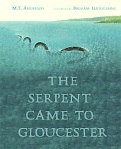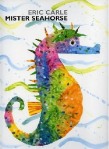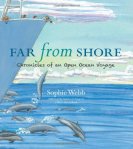Rolex has constantly updated, upgraded and expanded the Datejust range since its creation in 1945, all the while positioning it as a watch that is the very definition of classic elegance.
Every model in the vast range of Datejusts from over the years has the same simple formula: central hours, minutes and seconds hands with the date displayed at 3 o’clock under a magnifying cyclops lens.
They all come in Rolex’s iconic Oyster case, with chronometer-certified automatic movements (apart from relatively rare Oysterquartz pieces) protected from water by a screw-in twinlock winding crown and screw-down caseback. Check more from this replica rolex deal.
Versions with leather straps are no longer produced, but new today there is a choice of three-link Jubilee or five-link Oyster bracelets; plus three-link President bracelets for smaller models.
Most associate the Datejust with the crimped pie dish bezel, but there are also plainer smooth bezel styles, often adorned with diamonds in the smaller size models.
The range is almost limitless, with elegant ladies’ pieces — with or without diamond decoration — starting at 26mm and men’s pieces topping out at 41mm.
And you will find options in steel, white, yellow or rose gold, a combination of steel and gold or occasionally platinum.
Dials are like a blank canvas where Rolex can allow its creativity to run wild.
Over the years almost every colour under the sun has been used, and there have been some memorable designs including palm leaves, floral patterns and Rolex’s own fluted texture.
Hour markers might be picked out in diamonds, precision-set applied batons and Roman (or occasionally Arabic) numerals.
As with every Rolex, the range is produced to exceptionally high standards to keep them humming reliably for half a century or more, which means they have consistently held their value over many years.
Here, Rolex pre-owned watch specialist Bob’s Watches presents an expert guide to the best Datejust watches to buy right now, and includes links to its extensive collection that are available immediately.
Rolex Datejust Two-Tone
Shop for two-tone Datejust models at Bob’s Watches.
Rolex Datejust 126333

This Rolex Datejust ref 126333 Two Tone Oyster has a striking blend of 904L stainless steel, 18 karat yellow gold and a slate grey dial with green Roman numeral hour marketrs to offer a highly versatile dress watch that can accompany you on your daily activities or dressed up for a night out on the town.
The men’s Datejust II boasts one of the most reliable readings on the market today, thanks to the next generation calibre 3235 movement with bidirectional winding, a 70-hour power reserve, and a Superlative Chronometer certification.
It can be bought today for $15,495.
Rolex Datejust 16013

There are references with either an oyster or jubilee bracelet for this 36mm two-tone classic that is wearing just perfectly in today’s market for either men or women.
Buy this Datejust 16013 model today for $5,995.
Rolex Datejust Stainless Steel
Click here to browse the full range of Rolex Datejust Stainless Steel timepieces at Bob’s Watches or go straight to one of these recommendations.

:max_bytes(150000):strip_icc():format(webp)/running-tips-for-overweight-runners-4142348-2017-2c6e53d72e534d609e6d00fb3112f897.jpg)



































What people are saying …